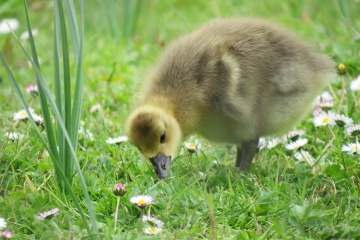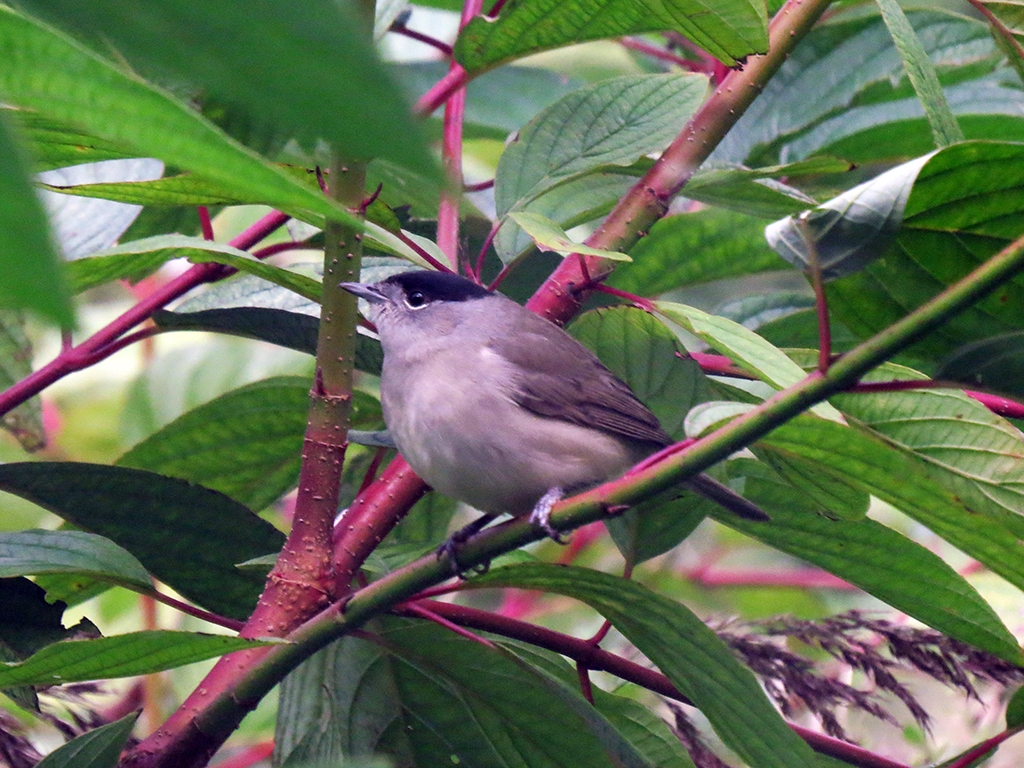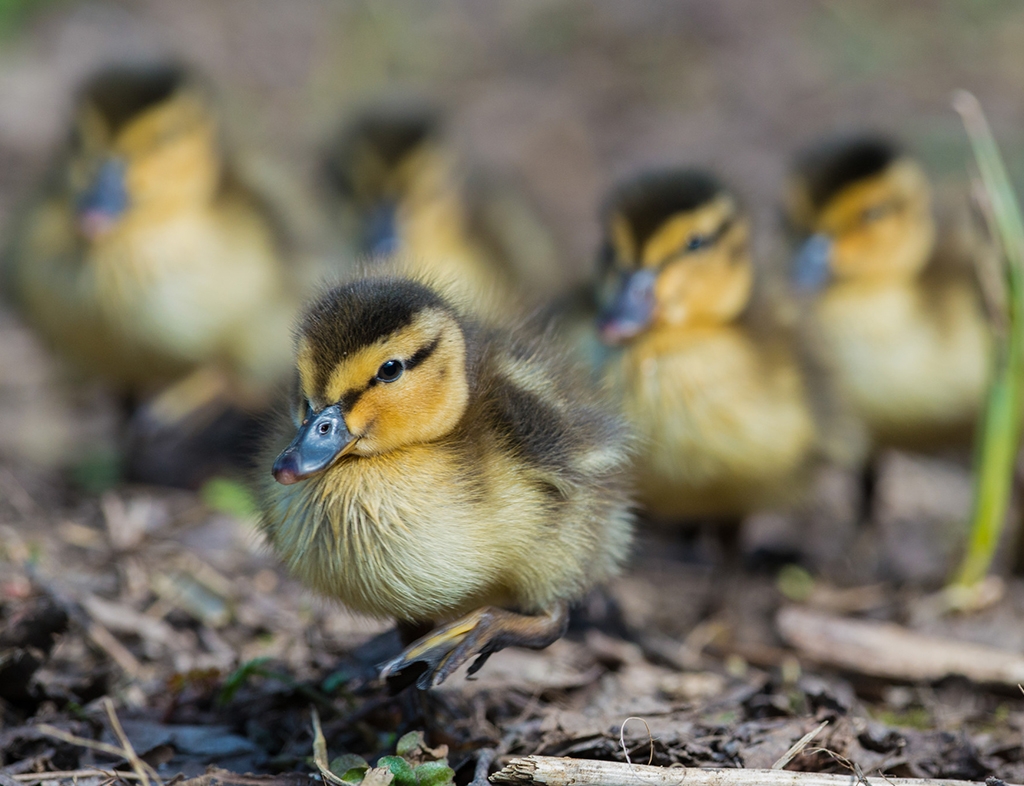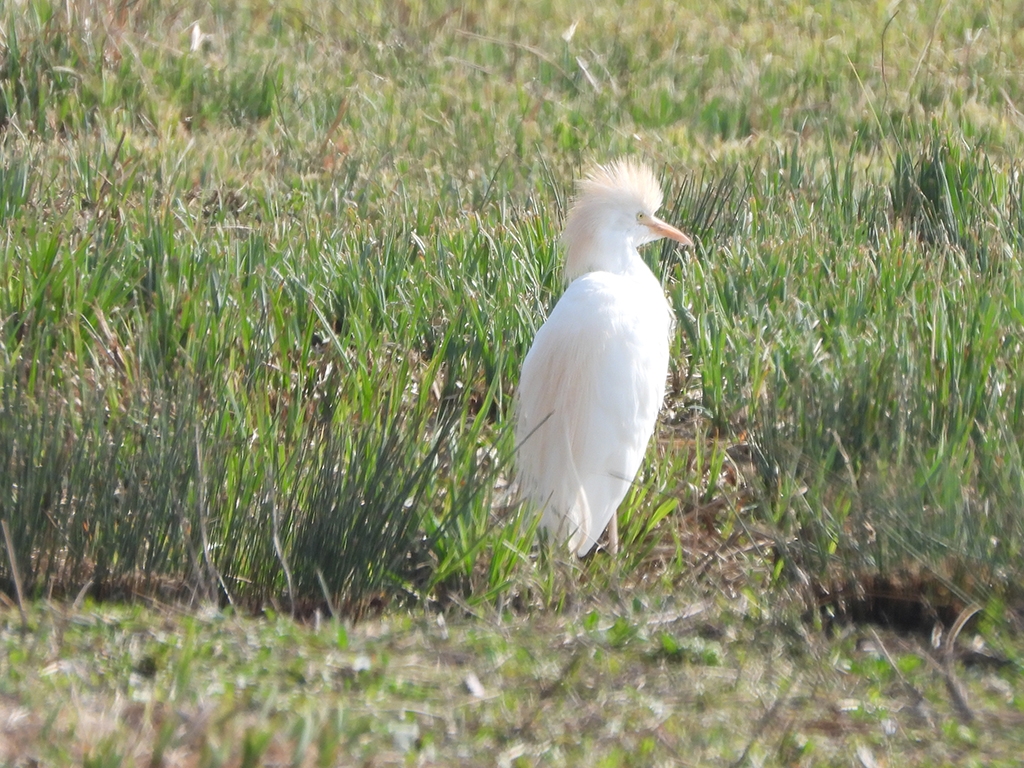Busy week of wildlife surveys
I have had a busy week doing wildlife surveys of the reserve at Arundel Wetland Centre. During the bat survey I did last Thursday night I picked up three species on the detectors. I heard soprano pipistrelles, the rarer Nathusius' pipistrelles and Daubenton’s bats. The Nathusius pipistrelles are a migratory species, wintering in Europe although some do remain in the UK all year around.
I took the opportunity to put out some moth traps on Thursday night too. Friday morning at 6 am I counted up 14 moths from nine different species. The coxcomb prominent and a pale prominent were the more interesting finds in the traps. All prominent moths have tufts of hair that stick upwards from the thorax and hind edge of the forewings. The coxcomb prominent also has wavy borders on its forewings that resemble the coxcomb it is named for.
Last Sunday we had eight types of wader on the site, most could be viewed from the Ramsar hide. Along with the usual lapwings and oystercatchers our Guide-in-the Hide David Harper spotted a greenshank being bullied by a Magpie. He also briefly saw an adult Redshank and counted at least four Common Sandpipers.
Sadly it seems as if the grey herons have predated most of the lapwing chicks on the wet grassland. The lapwings are displaying and mating again, trying for more. An oystercatcher pair are making appearances on the wet grassland across from the Ramsar hide and on Arun Riverlife. We haven’t been able to establish if this is the same pair.
From other hides we have seen two lone male shovellers, this means their mates are sitting on nests. In among the many black-headed gulls we have spotted three pairs of adult Mediterranean gullsmating. Med gulls have a black head, unlike the smaller, chocolate-faced black-headed gulls.
A common tern was spotted on Sunday at Arundel on Sunday as well. I saw a snipe out near the Lapwing hide. We finally have heard a cuckoo – on each day of the May Bank Holiday weekend.
Lastly I want to give out a big thanks to the Worthing Beekeepers who came onsite to collect up a swarm of bees honeybees that had split off from the crowded colony inside the bug hotel in our Meadow Maze.




